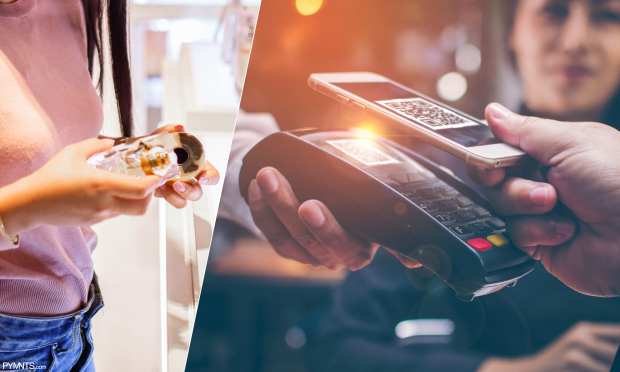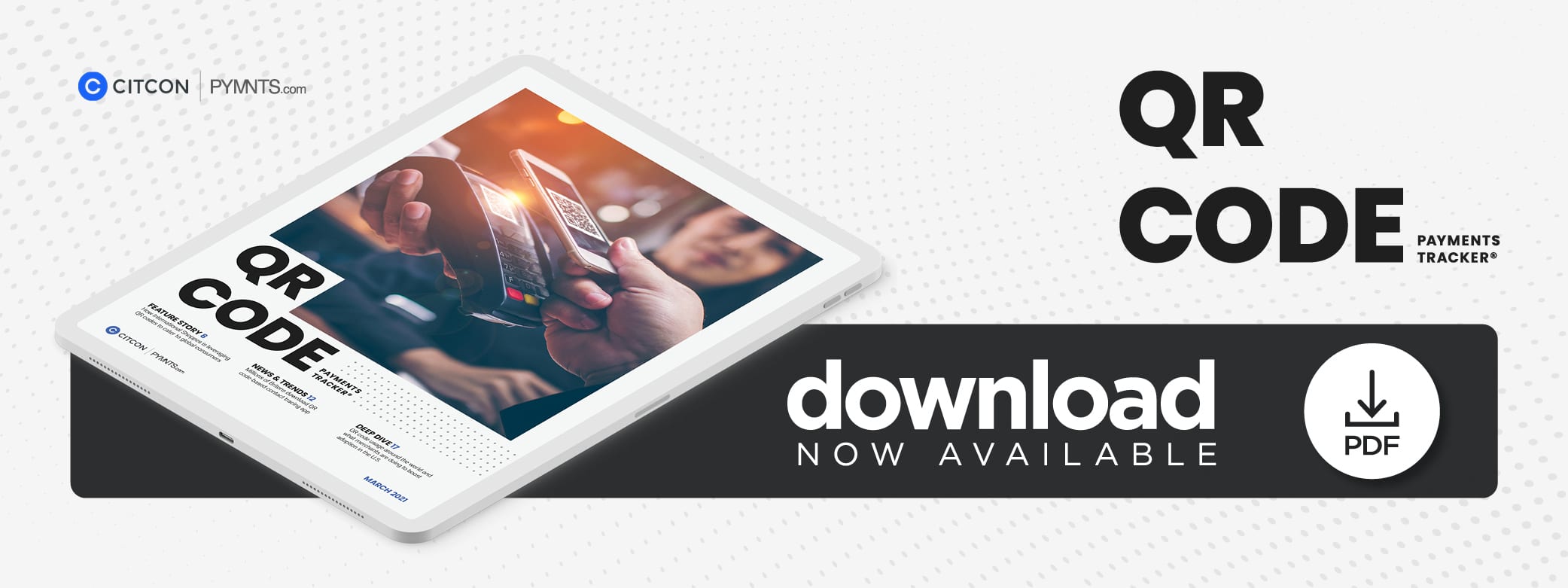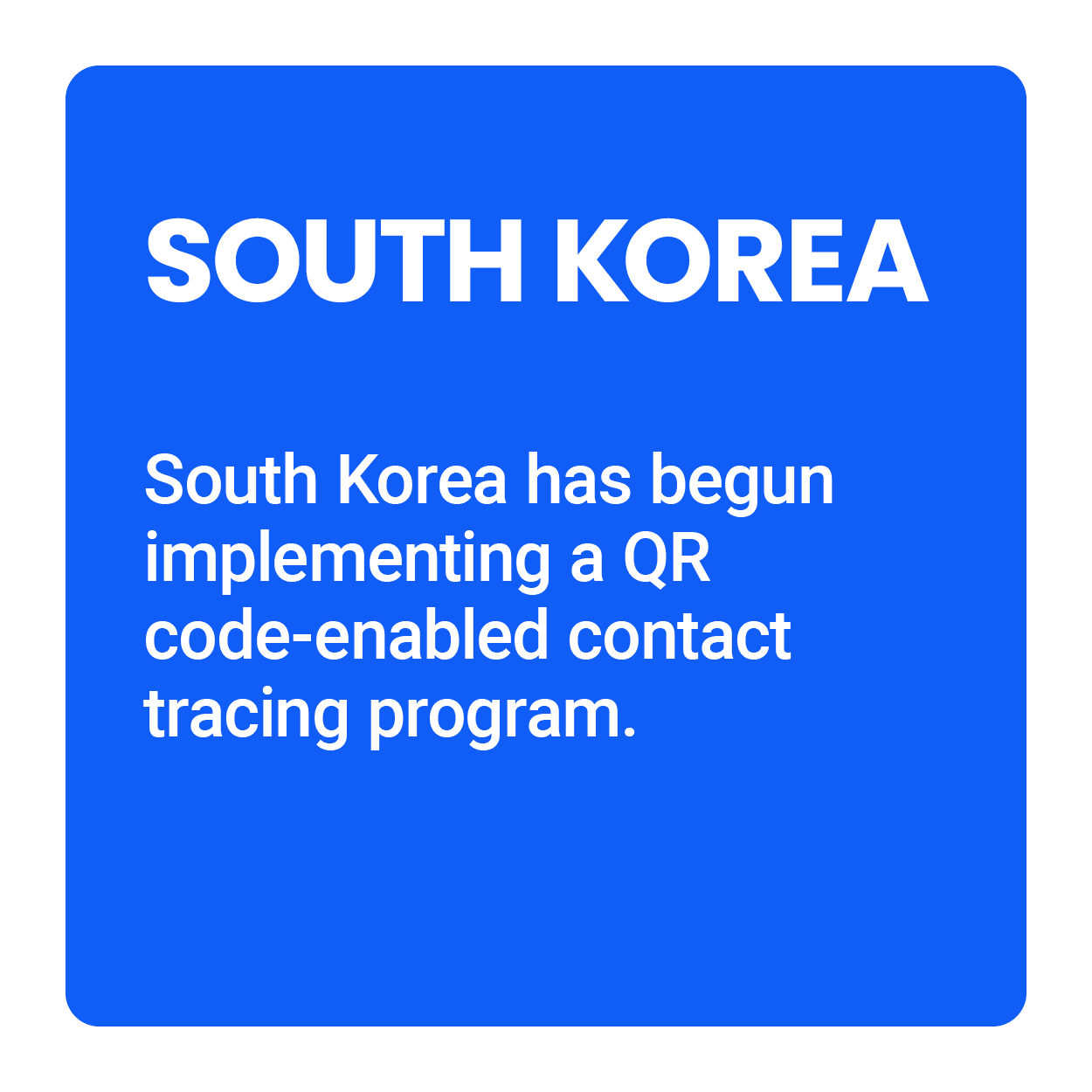QR Codes Gain Clarity As Travel Retail’s New Conversion Play

 QR code-based payments have experienced something of a renaissance during the pandemic, as they allow customers and employees to better keep their distance and avoid handling potentially contaminated bills or cards. A recent study found that about two-thirds of consumers said QR codes were their preferred contactless payment method, in fact.
QR code-based payments have experienced something of a renaissance during the pandemic, as they allow customers and employees to better keep their distance and avoid handling potentially contaminated bills or cards. A recent study found that about two-thirds of consumers said QR codes were their preferred contactless payment method, in fact.
This adoption is not at the same level around the world, however. China is a global leader for QR code-enabled contactless payments, with such transactions reaching 9.6 trillion yuan ($1.5 trillion) in Q4 2019. Just 11 million United States households are expected to scan QR codes to make payments this year, however, meaning merchants will need to step up their games to drive greater adoption within the nation.
In the QR Code Payments Tracker®, PYMNTS explores the latest in the world of QR codes, including why the U.S. lags other regions when it comes to QR code adoption, how offering these codes can boost conversion rates and what merchants can do to encourage the payment method’s usage among their customers.
 The Latest QR Code Payment Developments
The Latest QR Code Payment Developments
QR code-enabled payments are especially popular in China, with a recent China UnionPay study finding that 85 percent of the country’s consumers have leveraged such payments during the past year. This represents a 6 percent increase from 2019 and is part of a larger mobile payments shift that saw 98 percent of consumers cite smartphone-enabled transactions as their most commonly used payment options.
QR code payments are also seeing increased traction as consumers grow more familiar with the technology’s other use cases. Some nations are using the codes to directly fight the spread of COVID-19, with the United Kingdom recently launching a QR code-enabled app to promote contact tracing. The offering leverages Apple and Google’s Exposure Notification API (application programming interface) to establish contact between app-enabled smartphones within a certain radius and trace with whom their owners come into close contact. The British government noted that this app has so far directed 1.7 million users to self-isolate due to potential contact with individuals who tested positive for COVID-19.
The U.S. still lags behind much of the world on QR code adoption, but the ongoing pandemic is gi ving the technology a boost in America. Contactless payments have surged by 150 percent in the U.S. since March 2019, which, in turn, has boosted QR code adoption by 11 percent since the pandemic began. The U.S. still trails behind Asia in its usage of the technology, however, as the latter sees 46 percent of all eCommerce transactions being made using digital wallets — many of which can be accessed via QR codes.
ving the technology a boost in America. Contactless payments have surged by 150 percent in the U.S. since March 2019, which, in turn, has boosted QR code adoption by 11 percent since the pandemic began. The U.S. still trails behind Asia in its usage of the technology, however, as the latter sees 46 percent of all eCommerce transactions being made using digital wallets — many of which can be accessed via QR codes.
For more on these and other QR code-enabled payment headlines, download this month’s Tracker.
International Shoppes On How US Merchants Can Benefit From QR Code Payment Adoption
The use of QR codes for contactless payments is far more popular abroad than it is in the U.S., even as the ongoing pandemic pushes cash usage to all-time lows. Merchants must therefore take the lead in encouraging QR code use, as both retailers and customers stand to gain from increased adoption of the technology. In this month’s Feature Story, PYMNTS talked with Matthew Greenbaum, vice president of business development at duty-free retailer International Shoppes, about how merchants and consumers can improve their conversion rates with QR code developer-provided promotions and discounts.
 Deep Dive: The Curious Case Of QR Codes’ Differing Popularity In The US And Asia
Deep Dive: The Curious Case Of QR Codes’ Differing Popularity In The US And Asia
QR code usage has evolved significantly since the technology’s debut in 1994 to track parts at car factories. Asian consumers have been particularly enthusiastic about using QR codes for data gathering, contactless payments and a host of other functionalities, but American consumers have yet to adopt them as vigorously. This month’s Deep Dive explores how U.S. merchants are bucking this trend during the pandemic by introducing innovations like QR code-accessible menus at restaurants and touch-free transactions at retailers.
About The Tracker
The QR Code Payments Tracker®, a PYMNTS and Citcon collaboration, maps the use and adoption of QR codes in both emerging and developed markets and offers monthly updates on trends and changes in demand for contactless payments.
